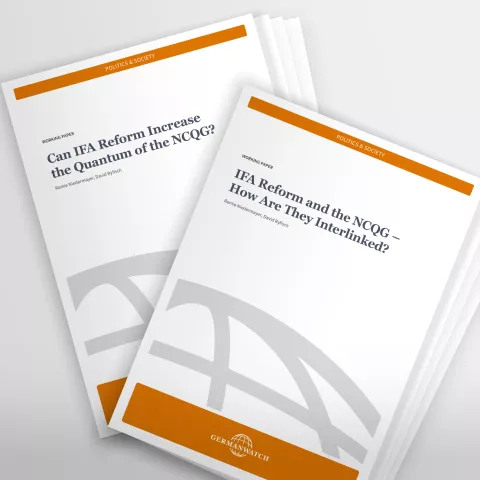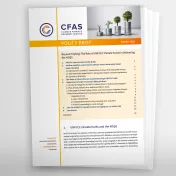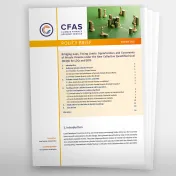
Developing countries face an increase in financial needs to continue progressing on the SDGs, including on climate. Due to the 'poly-crisis', the gap between financial needs and available finance has increased further. In response to these growing needs as well as a shift towards an increasingly multipolar world, the reform of the international financial architecture (IFA) has gained momentum over the past years and is intended to provide a lead in SDG financing as well as a more equitable and just governance architecture. The surge in momentum has coincided with the negotiations on the New Collective Quantified Goal on Climate Finance (NCQG). These are to conclude at COP29 and will ideally create a fair climate finance architecture for the upcoming years.
In two policy briefs, we analyse how the IFA reform agenda and the NCQG are interlinked in their objectives and goals. We show that both agendas can mutually reinforce each other and provide useful impulses. In the second paper, we show that the IFA reform agenda has the potential to significantly increase climate finance if all elements of the IFA reform agenda were fully implemented. While doing so, we recognise that both the IFA reform agenda and the NCQG negotiation outcomes remain wide open. We take a hypothetical approach that shows what could be possible. The two papers are considered a discussion input in time for COP29.
Publication data
Date:Niedermayer, R., Ryfisch, D., 2024, Can IFA Reform Increase the Quantum of the NCQG?




